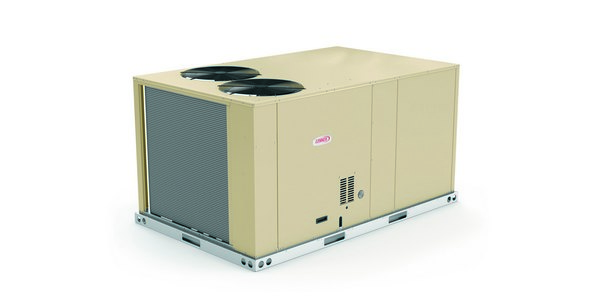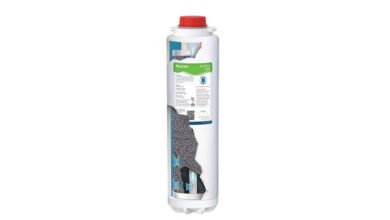Rinnai Expands Non-Condensing Series
PEACHTREE CITY, Ga. — Rinnai has expanded its non-condensing line of tankless water heaters with the introduction of the V94 models. These new models offer consumers the highest performance—nearly ten gallons of output per minute—in the Value series lineup with 199,000 Btu.
Available in both natural gas and propane, the V94 non-condensing tankless water heaters offer high performance at an attractive price point, while providing an endless supply of hot water, energy savings, a space-saving design and environmental benefits.
Other benefits of the V94 non-condensing tankless water heaters include an energy factor of up to .82 EF rating, low-NOx emissions and compatibility with pipe cover (PCD03-EWV) and bottom plate (PCD03-SM2-BP).
There are five new models in the V94 value series lineup, which are available this month for purchase through Rinnai wholesale distribution: two V94i models in natural gas and propane for indoor use, a V94Xi available in natural gas only for indoor use and two V94e models in natural gas and propane for exterior installations.
For more information, visit rinnai.us/water-heater/products.



